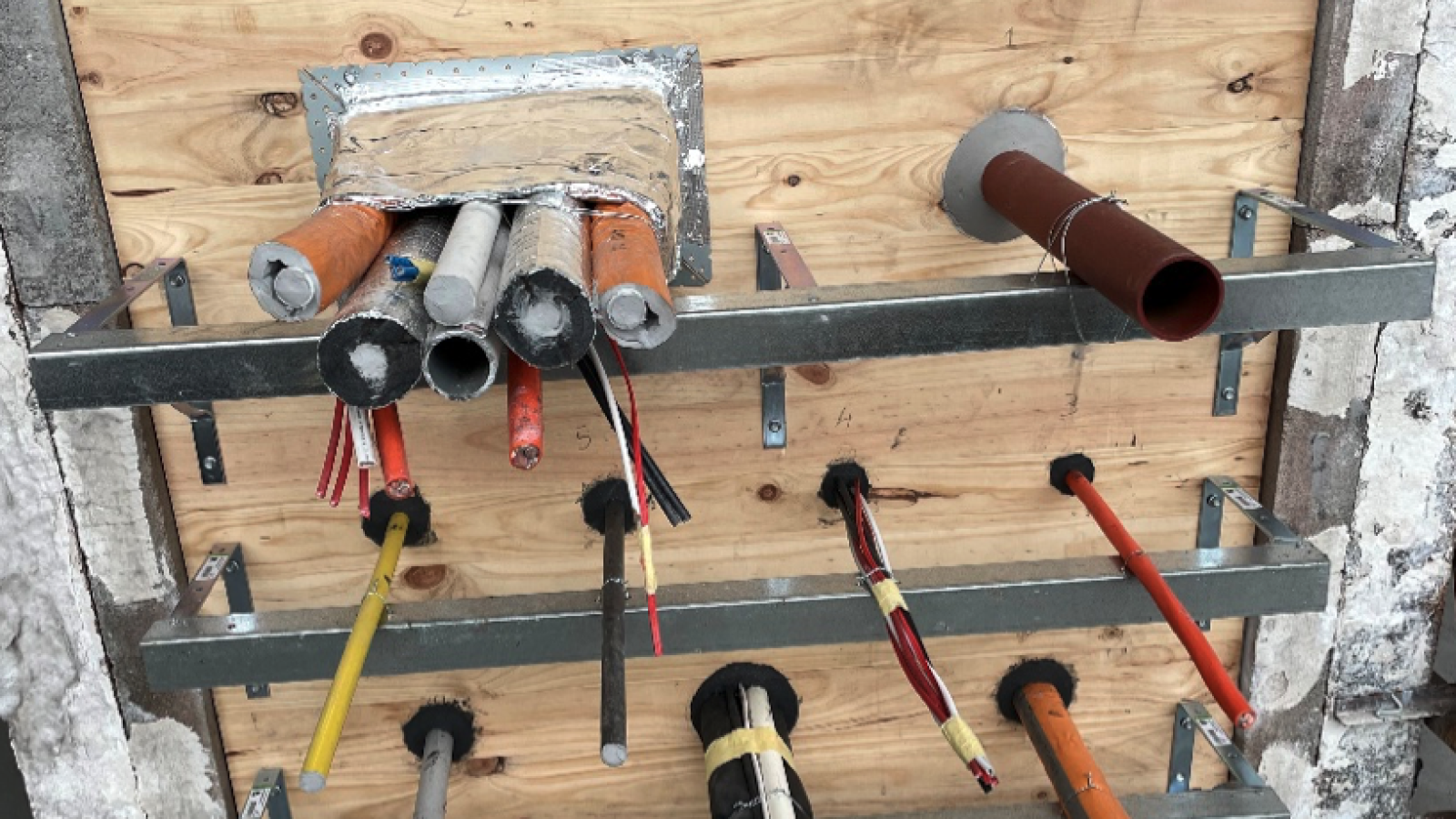The construction sector is investing in 'greener' building products and construction methods. People’s taste for renewables and greener ways of living have become a major selling point for developers around the world. Like many other industries, sustainability is far more relevant in the construction industry than ever before.
Mass Timber Construction is an ever-growing methodology of construction that offers an alternative to traditional reinforced steel and concrete construction, commonly using Cross Laminated Timber (CLT) and Glue Laminated Timber (GLT).
Cross Laminated Timber, or CLT as it’s known for short, is an engineered timber made up of multiple layers of precision cut and glued layers of wood. The methodology of how its layered at different angles gives it great tensile and compressive strength.
There are many benefits to using Cross Laminated Timber for large high-rise buildings, and it’s not just all related to renewables.
Pre-fab is also another method of construction that is being used more and more. This type of construction looks to pre-manufacture sections of a building in a factory or warehouse and allows pre-built structures to be delivered to site ready for assembly. This can be a massive time and cost saver for builders as it reduces the labour costs from large EBA related sites and makes the building come together like a large Lego set. The engineered nature of CLT is a method of pre-fab in that the panel dimensions are all pre-cut to size often with their own joining methods built in, thus minimising waste and labour from cutting on site.
CLT also has benefits in the form of weight reduction as its strength to weight ratio is greater than concrete or steel. This has obvious benefits when it replaces materials of these kinds, but also has knock-on effects to other areas of structure like slabs and footings that can be downgraded due to the use of CLT.
But how is cutting down trees sustainable one may ask? CLT is sourced from sustainable, fast growth forests and the process to produce the finished product creates less greenhouse gas emissions than products like concrete.
CLT is also a good insulator as it resists heat which has also found to offer fantastic fire-resistant benefits, so much so that many fire rated walls and floors that would traditionally have been built using fire rated plasterboard, concrete or masonry products are being substituted for CLT. Due to the nature of the thickness of the timber members, it burns at a slow and predictable rate. The slow charring nature of the timber allows large sections to maintain significant structural ability for extended durations when exposed to fire.
So whilst the benefits of CLT are extensive, there are many other design aspects that need be considered when designing a building with CLT. One such consideration relates to the treatment of service penetrations in the form of firestopping. Whilst common materials like fire rated plasterboard, blockwork and masonry have a huge range of products and suppliers in the market all with considerable fire testing to treat common pipes and cables, the introduction of cross laminated timber has meant these suppliers had to go back to the testing laboratories and get their products tested in these new applications. Designers and specifiers can’t assume that systems or products used in the past are also certified for use with CLT. The very nature to how the CLT slowly chars away adds extra consideration for firestopping systems as these treatments are often mounted to the wall in a way that they could fall off as the timber burns away.
BOSS Passive Fire have been busy in the laboratory testing an all new range of services that you would see in an residential building, like hot and cold water pipes, gas pipes, air-conditioning pipework, electrical and comms cables and sprinkler pipes to list a few. The BOSS FireMastic-HPE (High Pressure Exerting fire sealant) provides a solution for many common plumbing, electrical and HVAC service penetrations, as despite the way in which CLT slowly burns away, the high performance intumescent content of FireMastic-HPE continues to expand for the duration of the test / fire, enabling the integrity of the seal to maintained all whilst absorbing heat giving great insulative qualities to the service itself.
BOSS have also tested FyreBox in CLT, which is a method of bundling multiple services through a single penetration. Offering huge versatility in the form of its range of services, and ability to mix and match them, multi-service transit units like this give greater flexibility to designers when trying to save space, or keep the number of penetrations to a minimum.
The unique design of the FyreBox, means there is no need to core individual penetrations for each service, or cut any inserts, nor do you need to seal or treat every individual pipe or cable with traditional sealants, collars or wraps. Multi-service transits allow you to group electrical, plumbing, HVAC+R services all through one easy-to-install certified product. The unique brush faces allow services to be passed through the FyreBox at any time during construction or later after a project has been completed meaning that it complements pre-fab modular construction methods. The FyreBox can be easily fitted to the timber using steel angles and screws, even in the CLT factory before it was to arrive on site, which is not something traditional passive fire products can do as they need the service to be in place prior to fitting the treatment.
As builders and developers continue to go for cleaner, faster methods of construction the wider landscape of building product suppliers are continuing to adapt and innovate in their relevant areas.
To find out more about the innovative range of BOSS Passive Fire products suitable for use with Cross Laminated Timber please contact Michael Freeman:
Email: [email protected]
Phone: 0272554186 or at the office on 09 579 1338




























 Most Popular
Most Popular Popular Products
Popular Products


